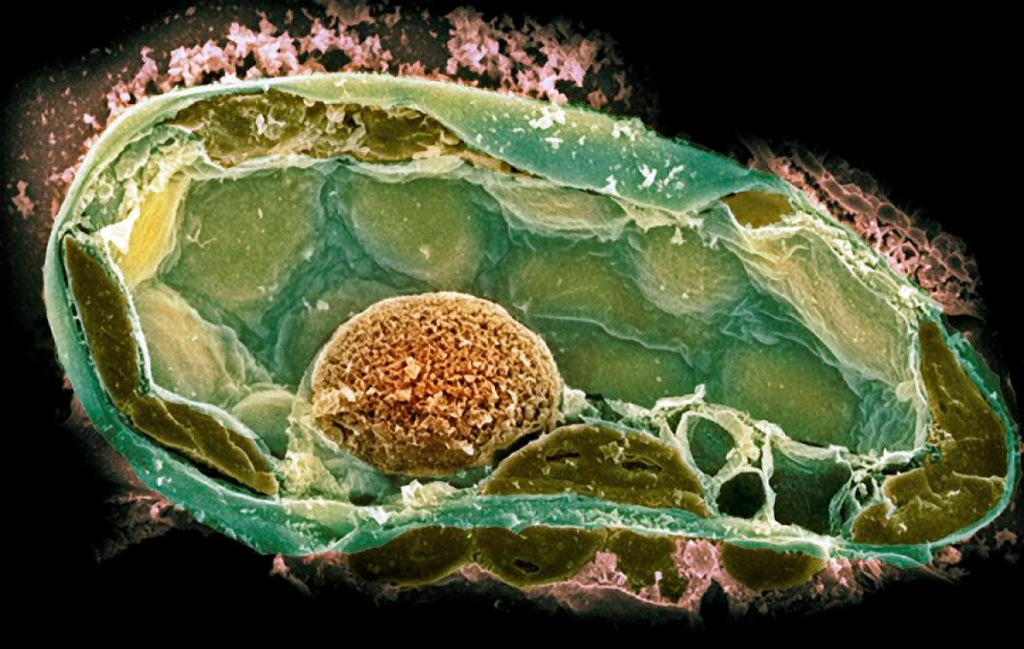
Image: Eukaryotic Cell Dr David Furness.
Or… How East London’s Answer To Venice Turned Into A Ghost Town – And How This Might Be A Good Thing After All…
“Bring something incomprehensible into the world!”
Gilles Deleuze, Félix Guattari, A Thousand Plateaus: Capitalism and Schizophrenia.
Where?
This year we will address the Royal Albert Docks. Once the largest enclosed docks in the world, now London’s only Enterprise Zone, and the recipient of over two billion pounds of promised investment – but which is yet to realise its potential. Clearly the miserable pragmatics of developer-led planning have failed spectacularly: we believe that what is required in its stead is a re-imagining of the area, understanding its nature as littoral in concept, context, and programme. Travel plans: we propose a visit to the Meantime Brewery followed by a short trip to the Venice Biennale to gain some perspective early in the term.
What?
Postmodern ecologies: relationships between human activity and microorganisms are still being discovered: we are increasingly aware that our bodies are less temples than walking cities housing millions of non-human inhabitants. In the light of contemporary developments in the potentials for biological agents, benign and otherwise, this year 4th year students will design a facility which has at its heart a bioreactor. 5th year students can take a similar brief, or develop more extensive proposals, considering the location as the plexus of a new and distinct metabolic function within the city, as distinct from another gingerbread cookie cut from the London Plan.
In addition to the core unit agenda, you will be offered the chance to form a team to enter the Future Spaces Competition, sponsored by Make Architects, running over 2 weeks in October competing against students from across the UK. The brief for the competition will be interpreted through the lens of the unit’s interests and techniques.
Why?
It is our intention this year to continue to investigate the possibilities presented by Unreal Engine to inform architectural design, rather than solely for representation. To that end we will be constructing a meta-model of the site which will house the production of the unit for the year. Work will be layered/juxtaposed/co-extensive and malleable, developing organically across the year through negotiation. In this way, we hope to challenge architectural and planning orthodoxies, through the development and deployment of emergent and epigenetic design processes.
Who?
Unit 19 promotes radical architectures, proposing contexts out of which individual trajectories emerge through discussion. The theoretical axis of the unit remains concerned with developing new modalities for near-future architectural design which extend and extrapolate from extant conditions. As the life expectancy of our architecture falls, the victim of low-quality specifications, short-term thinking and uninspired newbuild tax breaks, we question the ‘tabula rasa’ model of construction and instead value the existing, appreciating its capacity to offer a dialogue with the new and facilitate a more nuanced, sustainable and complex urban experience. We believe that to adapt, extend and re-use are ethical, aesthetic, and environmental imperatives.
U19 22/23/01